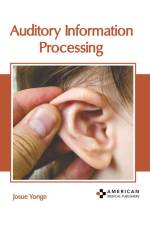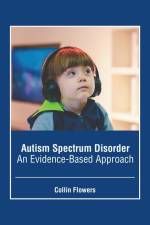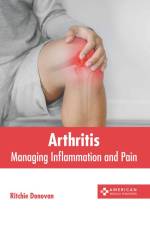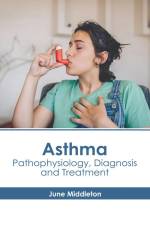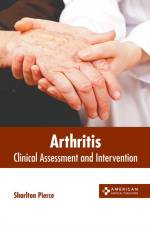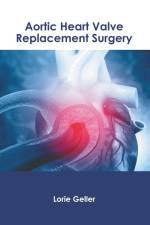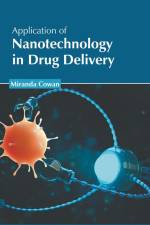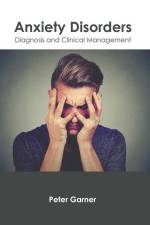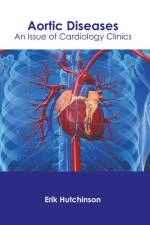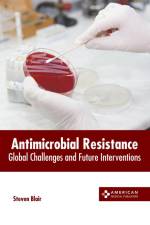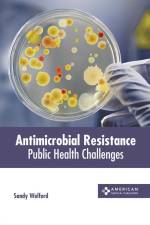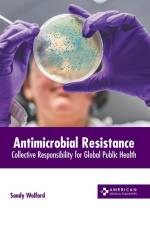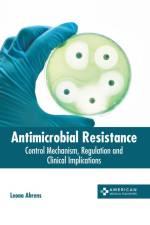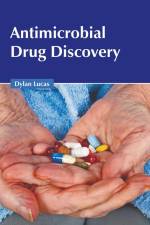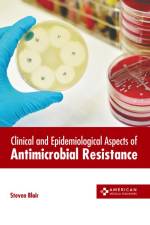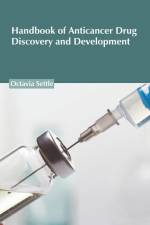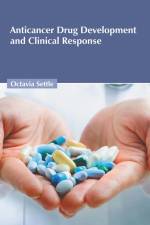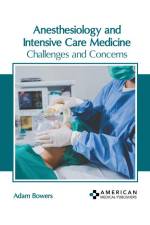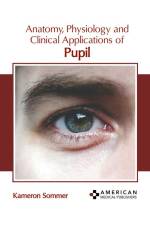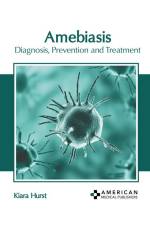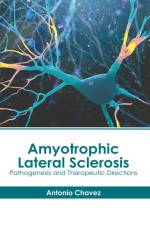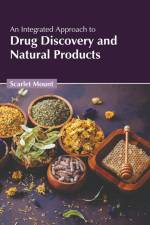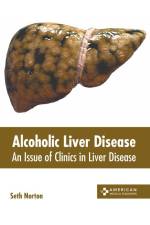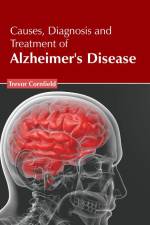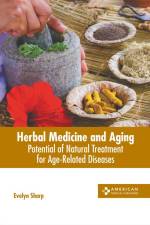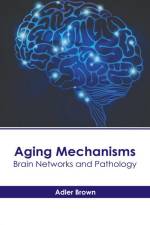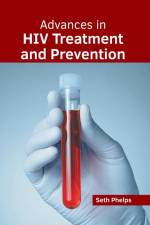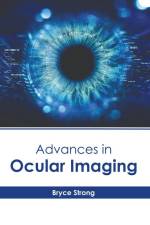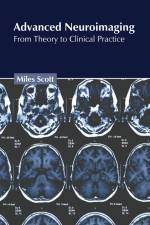av Sharlton Pierce
1 839
Arthritis is a disorder characterized by pain and swelling in one or more joints. It has various signs and symptoms, including stiffness, discomfort, reduced range of motion in joints, etc. Arthritis is commonly classified in six different types, namely, infectious arthritis, osteoarthritis, juvenile arthritis, psoriatic arthritis, rheumatoid arthritis and gout. Its risk factors are previous joint injury, family history, obesity, age and gender. Physical examination, arthrocentesis, as well as imaging techniques, such as ultrasound, MRI and X-ray, are all used to diagnose arthritis. The goal of treatment is to reduce joint deterioration, control pain, and maintain or improve quality of life. There are several ways to treat arthritis, which includes a combination of occupational therapy, regular exercise, a nutrient-rich diet, physical therapy, etc. Lotions containing menthol or capsaicin, nonsteroidal anti-inflammatory drugs (NSAIDs), analgesics and other medications are also used to treat arthritis. This book is compiled in such a manner, that it will provide in-depth knowledge about the clinical assessment and interventions for arthritis. Those in search of information to further their knowledge will be greatly assisted by it.

